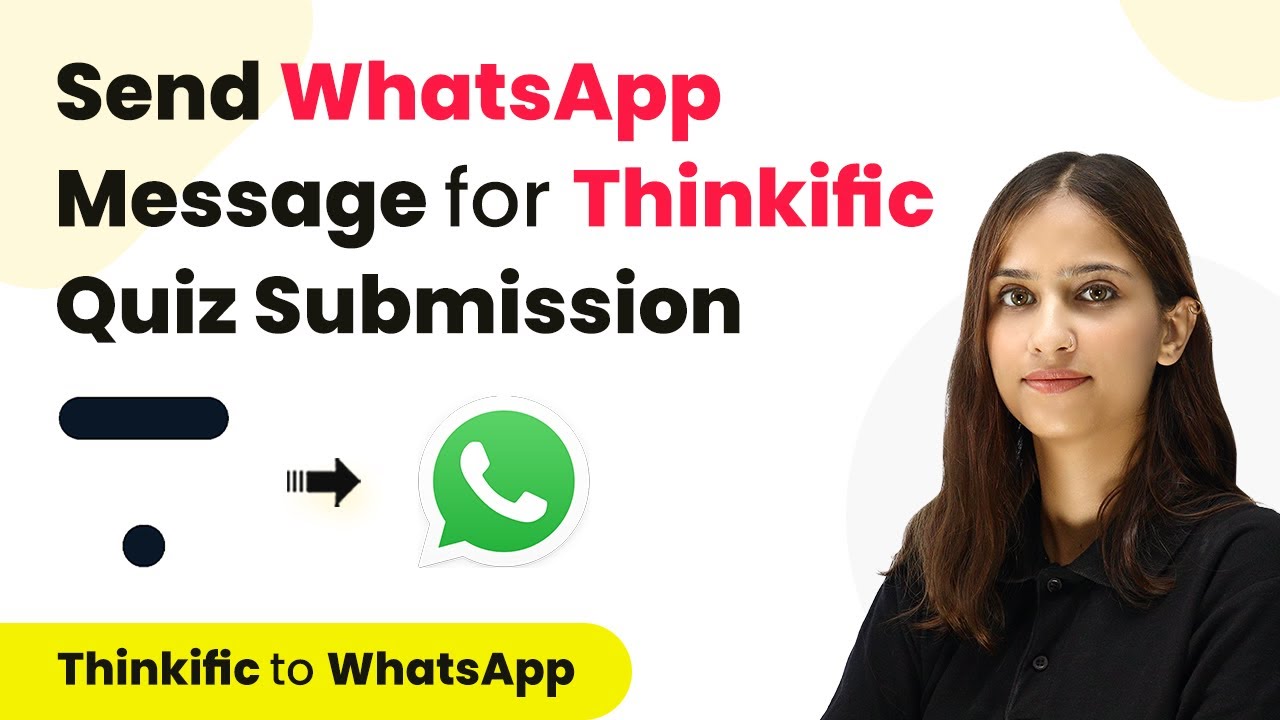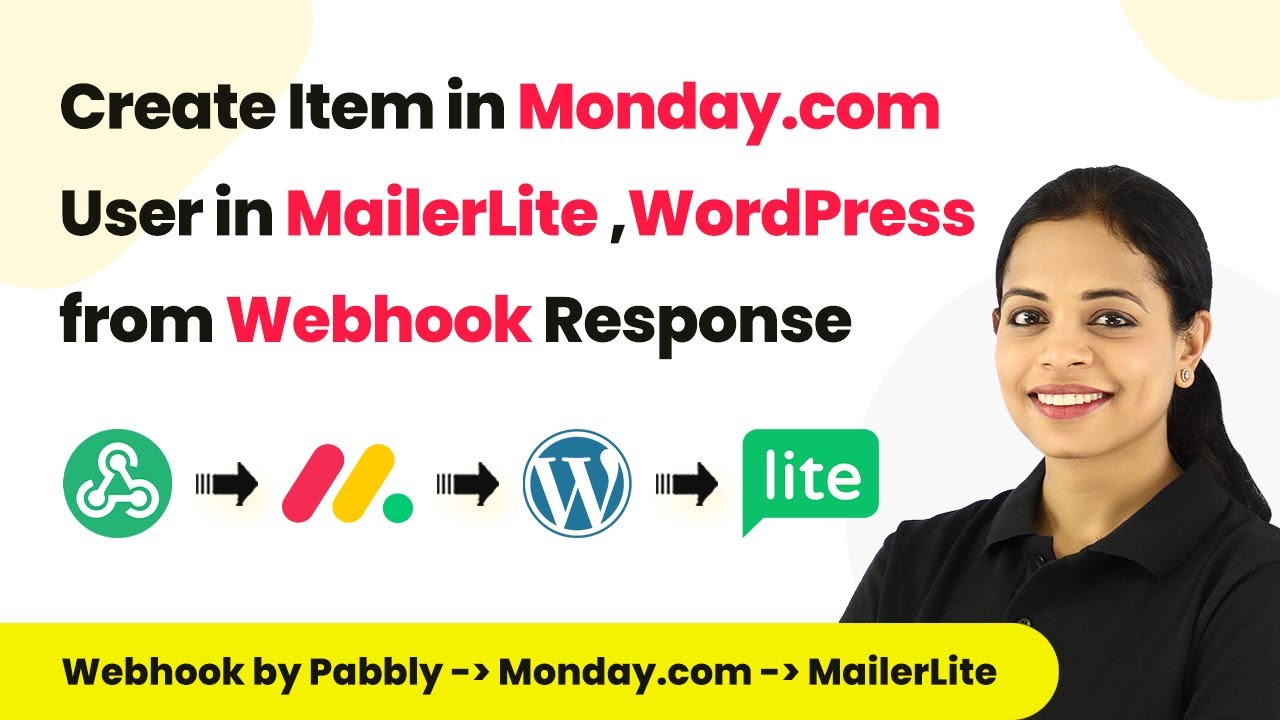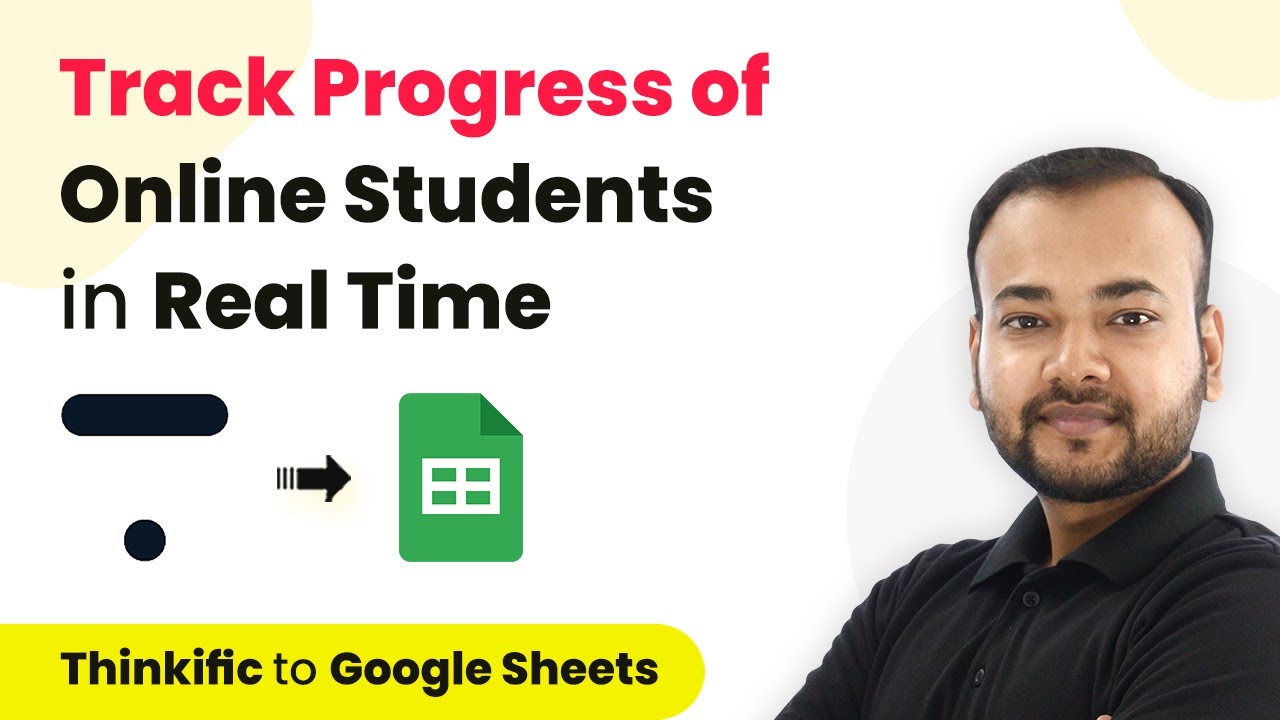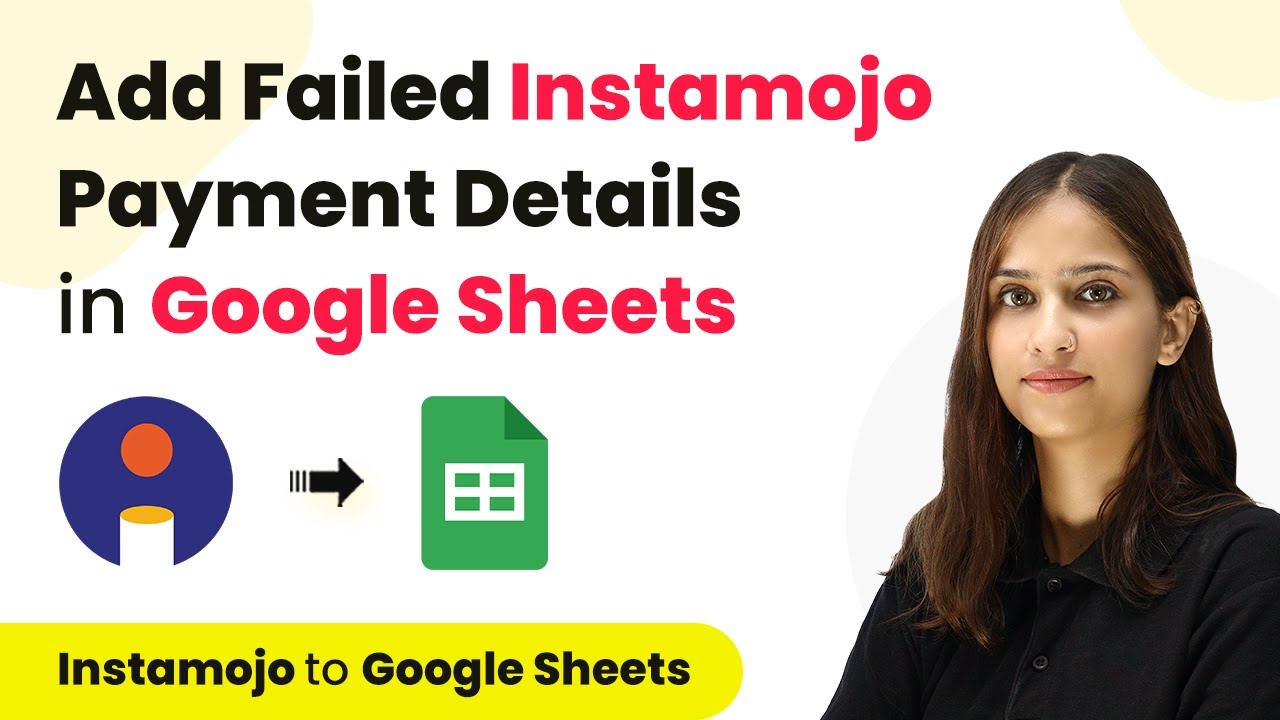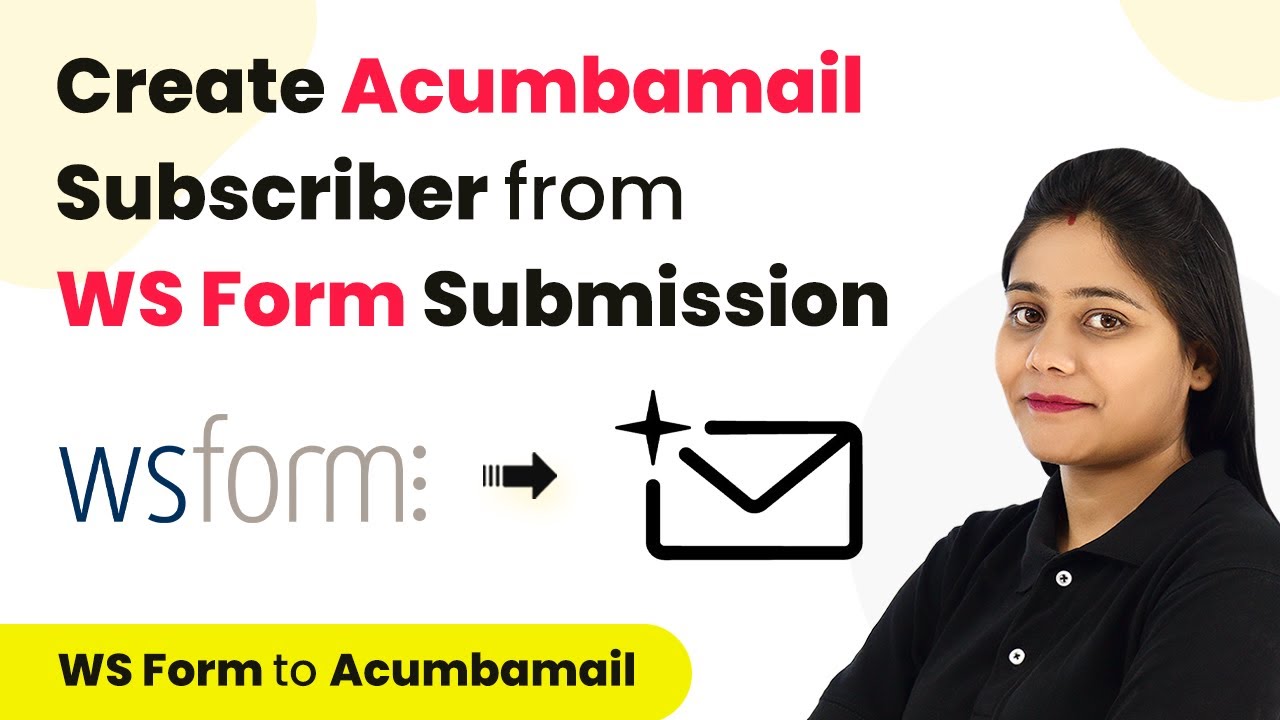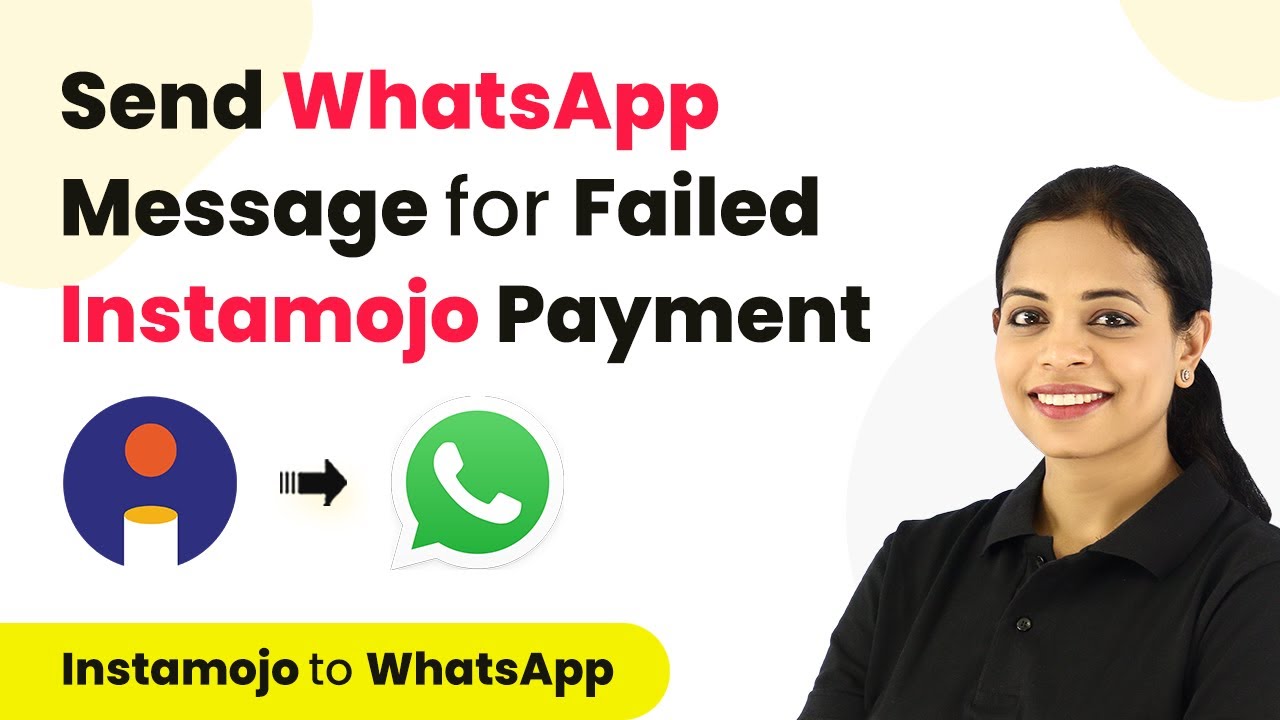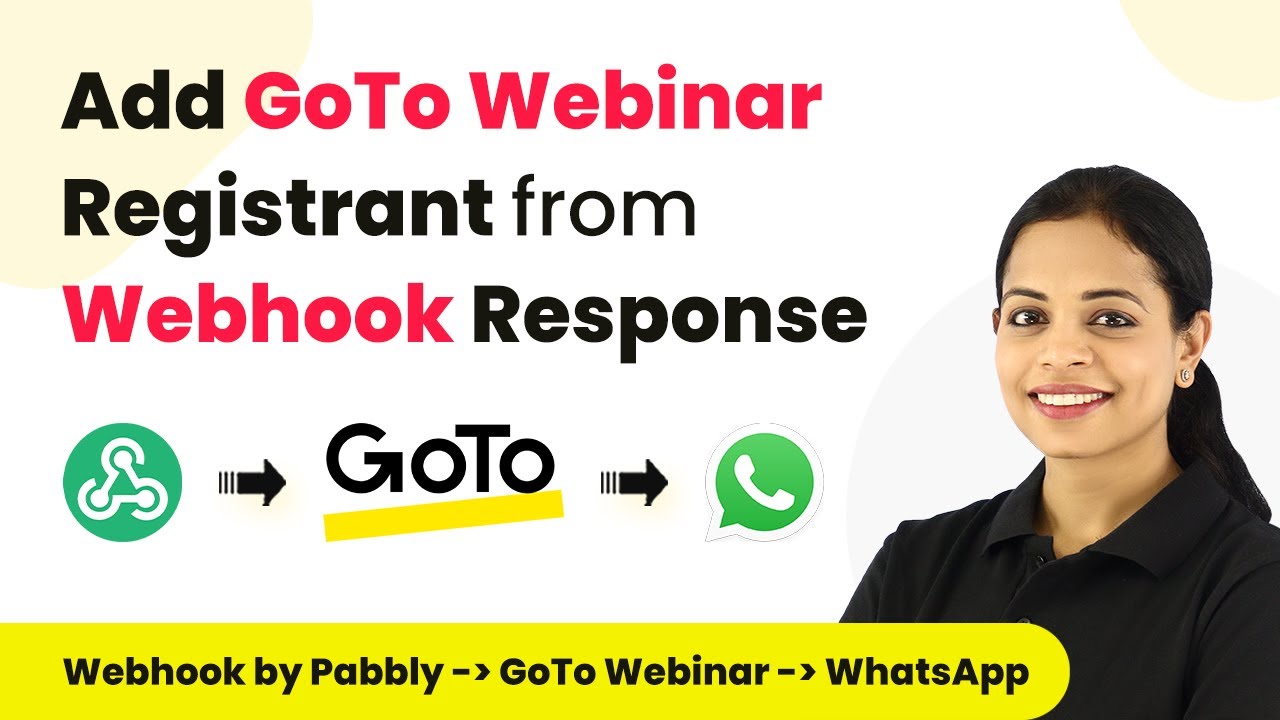Learn how to seamlessly integrate Jotform with sevDesk using Pabbly Connect. Automate your contact creation from Jotform submissions effortlessly. Revolutionize your productivity approach with just a few strategic clicks. Uncover professional methods for connecting applications and creating workflows that reclaim hours of your week.
Watch Step By Step Video Tutorial Below
1. Setting Up Pabbly Connect for Jotform and sevDesk Integration
To integrate Jotform with sevDesk using Pabbly Connect, you first need to access the Pabbly Connect dashboard. Start by signing up for a free account, which allows you to create automation workflows. After signing in, click on the ‘Create Workflow’ button to begin setting up your integration.
Once you click on the ‘Create Workflow’ button, you will need to provide a name for your workflow. This name can be anything that helps you identify the workflow, such as ‘Jotform to sevDesk Integration.’ After naming your workflow, click the ‘Create’ button to proceed to the workflow page.
2. Choosing Jotform as the Trigger Application
In this step, you will set up the trigger for your workflow using Pabbly Connect. The trigger event will be a new submission from your Jotform. Click on the trigger window and select Jotform as the application.
- Choose ‘New Response’ as the trigger event.
- Copy the provided webhook URL.
- This URL will be used in your Jotform settings.
After copying the webhook URL, go to your Jotform account and navigate to the settings of your specific form. Under the Integrations section, search for ‘Webhooks’ and paste the copied URL into the designated field. Click on ‘Complete Integration’ to finalize the setup.
3. Testing the Jotform Integration with Pabbly Connect
With the webhook URL set up in Jotform, it’s time to test the integration using Pabbly Connect. Fill out the Jotform with test data and submit it. This action will trigger the workflow you set up in Pabbly Connect.
After submitting the form, return to your Pabbly Connect dashboard. You should see the data captured in the response section, including details like first name, last name, email, and phone number. This confirms that the integration is working correctly.
4. Adding sevDesk as the Action Application in Pabbly Connect
Now that you have successfully tested the Jotform integration, it’s time to add sevDesk as the action application using Pabbly Connect. Click on the action window and select sevDesk from the application list.
- Choose ‘Add Contact as Person’ as the action event.
- You will need to connect your sevDesk account by entering your API token.
- This token can be found in your sevDesk account settings under the User tab.
Once connected, map the fields from the Jotform submission to the corresponding fields in sevDesk. This includes first name, last name, and email. After mapping, click on ‘Save and Send Test Request’ to create a new contact in sevDesk.
5. Finalizing the Integration and Adding Contact Details
The last step involves finalizing your integration using Pabbly Connect. If you need to add additional details like phone number or email to the created contact, you can add another action step. Select sevDesk again and choose ‘Add Contact Details’ as the action event.
Map the contact ID from the previous step and fill in the additional details. This ensures that all the necessary information is included in the contact profile. Once you’ve mapped everything, click on ‘Save and Send Test Request’ again to update the contact in sevDesk.
Conclusion
This guide summarizes the key points and helps you understand the essential features and benefits of using this tool.
Ensure you check out Pabbly Connect to create business automation workflows and reduce manual tasks. Pabbly Connect currently offer integration with 2,000+ applications.
- Check out Pabbly Connect – Automate your business workflows effortlessly!
- Sign Up Free – Start your journey with ease!
- 10,000+ Video Tutorials – Learn step by step!
- Join Pabbly Facebook Group – Connect with 21,000+ like minded people!
By following these steps, you have successfully integrated Jotform with sevDesk using Pabbly Connect. This automation will save you time and streamline your client management process.
In conclusion, using Pabbly Connect to automate the creation of contacts in sevDesk from Jotform submissions enhances efficiency and reduces manual entry tasks. This integration allows you to focus on more critical aspects of your business while maintaining accurate records.

